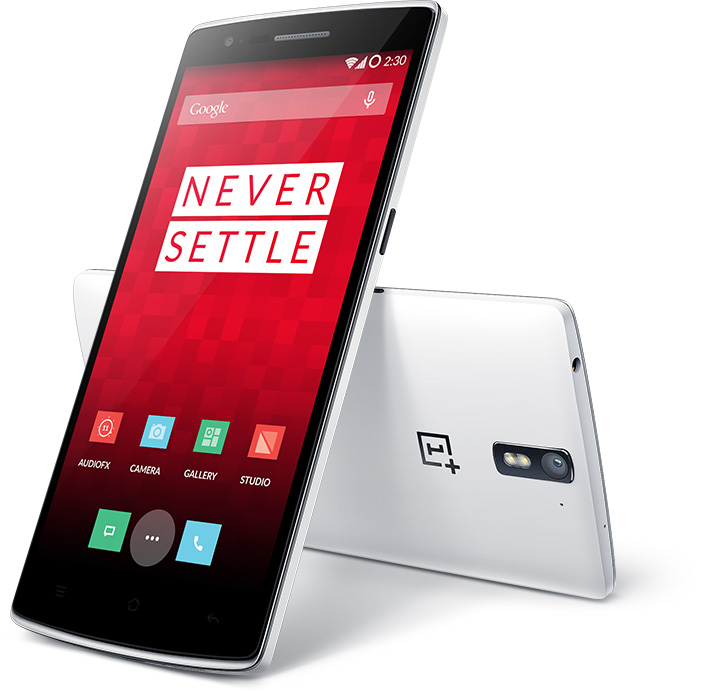No ratings yet. Over time there has been changes in buyers’ behavior. Customers are more active online, doing research about specific products/services and making online purchases. For a company to not be active on social media nowadays results in a competitive disadvantage. According to Business.com 55% of buyers turn to social media when they’re searching for information (Giamanco and Gregoire, 2012). But how do you create a successful social media campaign? How do you engage customers?
The first article Tweet Me, Friend Me, Make Me Buy discusses how companies can sell, making use of social media in a consisting, productive way. It shows how a sales rep can react in an effective way to for example tweets about poor quality, by offering them a better deal. A smart way to sell products and keeping your customers satisfied.
The second article Corporate Twitter Channels has some very interesting findings on using a corporate Twitter channel and the effects on corporate reputation, where corporate reputation is explained by user engagement and informedness. The article can also help managers to choose the degree of corporate involvement and whether to create different kind of accounts for different purposes. Results show that user engagement decreases when there is a high degree of corporate involvement and a channel with a generic purpose whereas user engagement increases with also a high degree of corporate involvement but a channel with a specific purpose (Li, et al., 2014). I think in addition it should consider the difference in companies, product/service/non-profit, size, target group etcetera as the results of the experiment are based on a fictitious company called Beans ‘n Coffee.
The third article Is Your Social Media Strategy effective? focuses on Facebook campaigns and how you can make them successful. Some interesting factors that can lead to success are (Li and Soonius, 2012): posting a minimum number of campaigns in a given day, focusing on getting Likes and Polls, posting on Monday, Tuesday and Wednesday, around 11:00, 15:00 and 20:00, not posting campaigns in the weekend and between 14:00-15:00, use contests, a question, LIKE and a Thank You Note (Li and Soonius, 2012).
An additional article emphasizes how consumer engagement and making consumers co-creators can create business value, using Nike as an example. Another company who engages customers by running a contest is Lay’s. Their campaigns Raad de Smaak (Guess the Flavor) and Do Us a Flavor are both examples of where a company engages consumers by interactively involving them. By running a competition and using money as an incentive, they attract people to participate. Do Us a Flavor made it possible for consumers to come up with their own flavors, making prosumers out of consumers. Learning about consumers engagement and prosumers, I think this a crucial topic for companies to be able to gain competitive advantage but also create a base of loyal customers.
Giamanco, B., and Gregoire, K. (2012), ‘Tweet Me, Friend Me, Make Me Buy’, Harvard Business Review, vol. 90(7/8), pp. 88-93.
Li, T., Berens, G., and de Maertelaere, M. (2014), ‘Corporate Twitter channels: The impact of engagement and informedness on corporate reputation’, International Journal of Electronic Commerce, forthcoming.
Li, T. and Soonius, G. (2012), ‘Is your social media strategy effective? An empirical study of the factors influencing the success of Facebook campaigns’, Proceedings of the Workshop on Electronic Business, Orlando, FL, December.
Ramaswamy, V. (2008), ‘Co-creating value through customers’ experiences: the Nike case’, Strategy & Leadership, vol. 36 (5) pp. 9 – 14.














